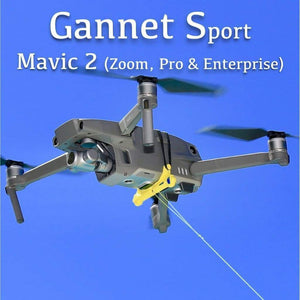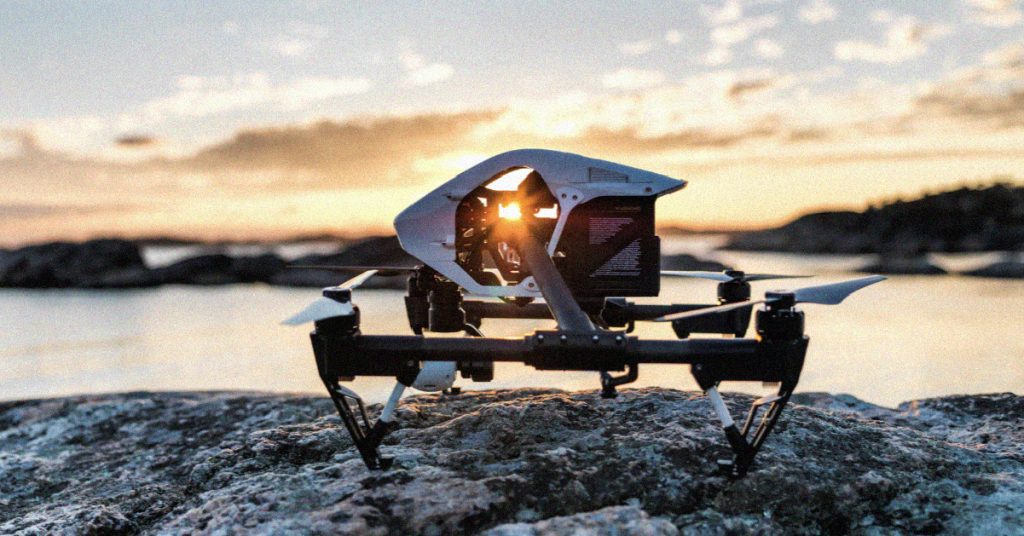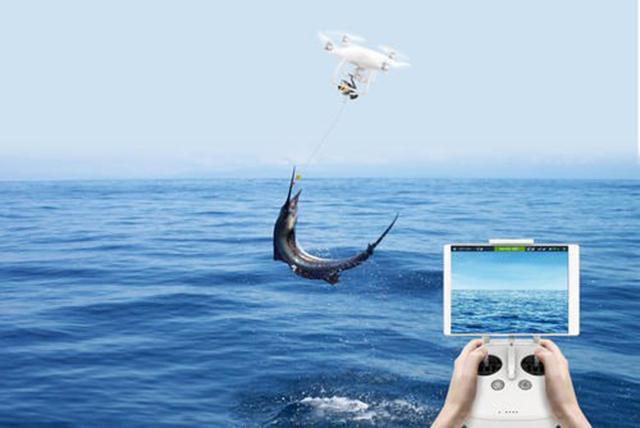
In this article, we'll look at the basics of a drone fishing rig. We will also discuss what to look out for when selecting your drone, battery life and payload. We'll then discuss ways to get the best out of your drone. Continue reading for more tricks and tips. You'll soon own the drone you desire! Let's begin !..., and maybe even catch a few fish.
Basic drone fishing gear
To begin drone fishing, you'll need a good selection of hooks. The fishing line should be doubled and should be mono or braid. It should be tied with a Cat's Paw Loop, Uni knot or Uni knot. You will need a sinker that weighs between 2 and 8 ounces as well as hooks to attach to the second section. You will also need to attach the end loop and snap swivel lead loops to your drone.
There are many methods to make a fishing helicopter. Attaching a hook and spinning the drone until the line releases is a basic way. Droppers and drop lines can be used to keep the fishing net below the drone. Droppers allow you to keep your main line under the drone, without it getting tangled up with propellers. The fishing drones can also be equipped with accessories, such as a battery pack and a dock.
After you have purchased the drone fishing rig you will need additional equipment. A long fishing line (approximately 700m) and a bait-dropping device are essential. These are all optional extras, but will make your drone fishing experience more enjoyable. A drone will provide you with a clearer view and make it easier to spot fish.

Payload for drone fishing equipment
If you're planning on catching a fish using a drone, you need to be aware of the safety measures that need to be taken. Your drone should not be flown in strong winds or rain. Here are some steps to follow:
Firstly, make sure that your drone has a solid carrying capacity. The drone will not stay stable if it is loaded with heavy lures or braided lines. It may also blow off its course if you are fishing along the coast. It's also important to check local regulations and laws, as some may not allow fishing from a drone. If you decide to fish with your drone, make sure it has a good carrying capacity.
Next is to determine what accessories you will need to mount to your drone. To minimize the problems of weight distribution, it's a good rule to use a rigging that has a central connection point. The motor struts of the drone, landing gear, as well as the legs are the most appropriate attachment points. You should avoid attaching anything to the camera or to the gimbal. This can cause damage. One simple solution is to tie a length fishing line from one end to the other. You can secure it with tape to stop it from coming off.
Battery life of drone fishing equipment
Make sure you check your batteries before you go fishing with your drone. This will help you keep the drone from running out of battery life and allowing you to focus on fishing instead of recharging. You may be able to charge your drones using solar panels or batteries from your car. Make sure your batteries are fully charged before you start. This will ensure that your drone is ready to fly as soon as you get to your fishing spot.

A drone's flight times are another important consideration. There are some models that have longer flight time than others. However, a drone with a flight time of twenty-two minutes is sufficient to get the job done. This is great if you're looking to spend hours on the water with your drone. However, a drone that is not able to sustain long distances will render it inoperable. This will make it almost impossible to catch fish.
Once you've set up your fishing gear, attach the line clip to your drone's legs, or to your motor struts. Attach the bait and line to the drone. Lock the reel when you are ready for the drone to fly. The tension will build when you pull the line out and let the drone drop the bait into the water. You should charge the battery every time you use it, otherwise it might not function properly.
FAQ
Where are Drones Banned?
The FAA prohibits drones from flying within close proximity to airports, stadiums and sporting events, as well as nuclear power plants, hospitals and prisons. They allow them to fly at nights using GPS technology.
What are the rules of operation for drones?
Register your drone with the FAA. You will need to submit information about your drone including its weight and size as well as operating frequency. The FAA will issue you an identification number.
Can my drone be flown indoors?
Yes, you can fly your drone indoors. Your home should be free from obstacles and hazards. For instance, avoid flying near windows and doors, heating vents, heating units, air conditioning units, electrical outlets or water pipes.
What type of batteries should a drone be using?
Lithium-ion batteries are the most common type of battery for drones. A typical drone uses between 3 and 6 volts.
Statistics
- According to the multiple listing service (MLS), houses and apartments with drone photographs are up to 68 percent more likely to sell than those without pictures. (thedroneu.com)
- According to Indeed, a drone pilot gets paid $25.73 per hour on average in the US. (dronesgator.com)
- Research and Markets predict a growth rate of 51.1% over the next five years. (thedroneu.com)
External Links
How To
Repairing A Drone's Damaged Motor
First, identify the broken part of the motor to repair it. It is easy to do this by removing the propeller shaft from the motor shaft. Then remove any wires and take a look at the motor's inner workings. If you notice something amiss, you'll know what part of your motor to fix.
If the motor has not been damaged, it is safe to fly again.
Imagine a motor that isn't turning anymore because it has been bent. To get the motor to turn again, you'll need to bend it. To hold the motor in place, you can use a pair or vice grips. After you've completed the above, ensure that you inspect the motor for signs and wear.
Once you're satisfied that everything's ok, put the propeller back onto the motor shaft and reattach the wires. Now your drone is ready to fly!